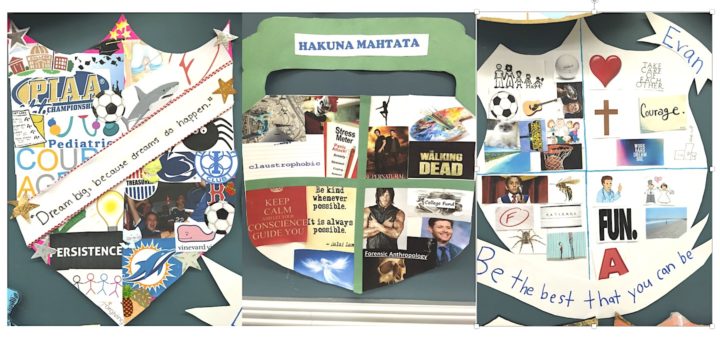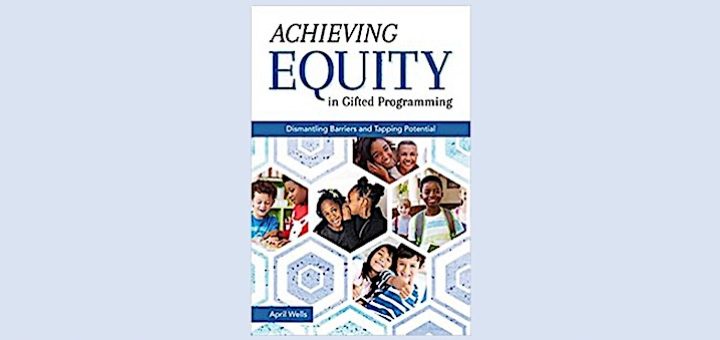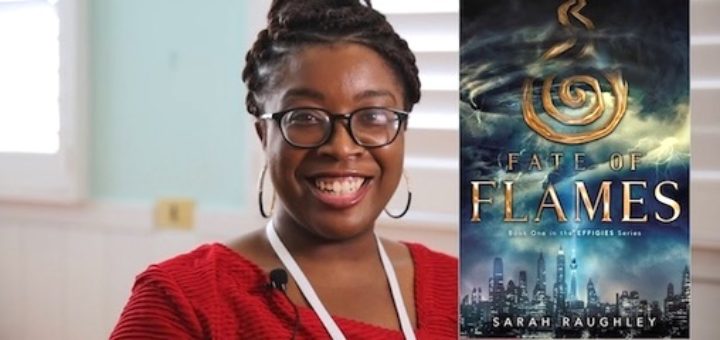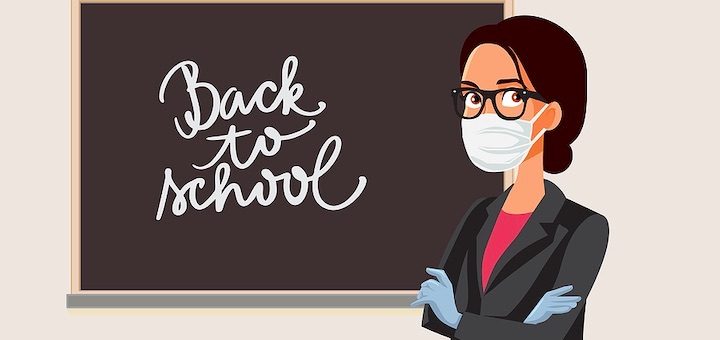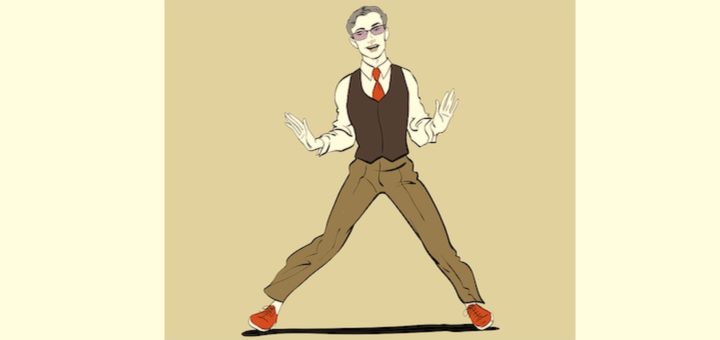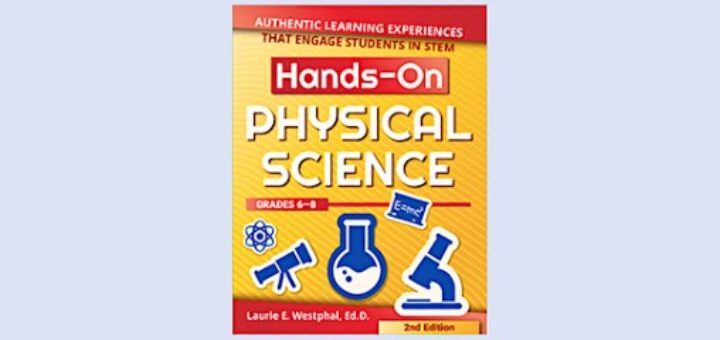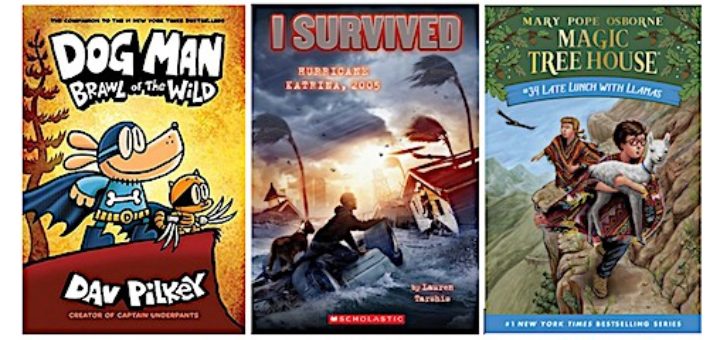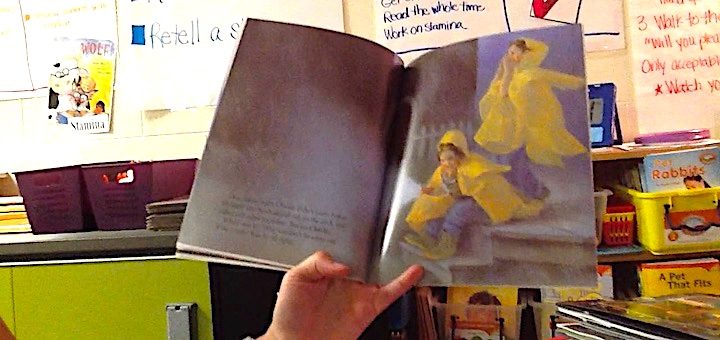Every Student Has an Epic Hero Inside
Focusing on the elements of the epic hero, this activity from author and 2019 PA TOY Marilyn Pryle helps students learn about literary elements while reflecting on their own lives, goals, and obstacles as they consider the hero’s backstory, good qualities, flaw, and quest.

